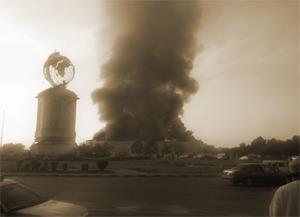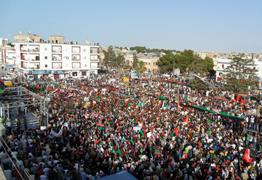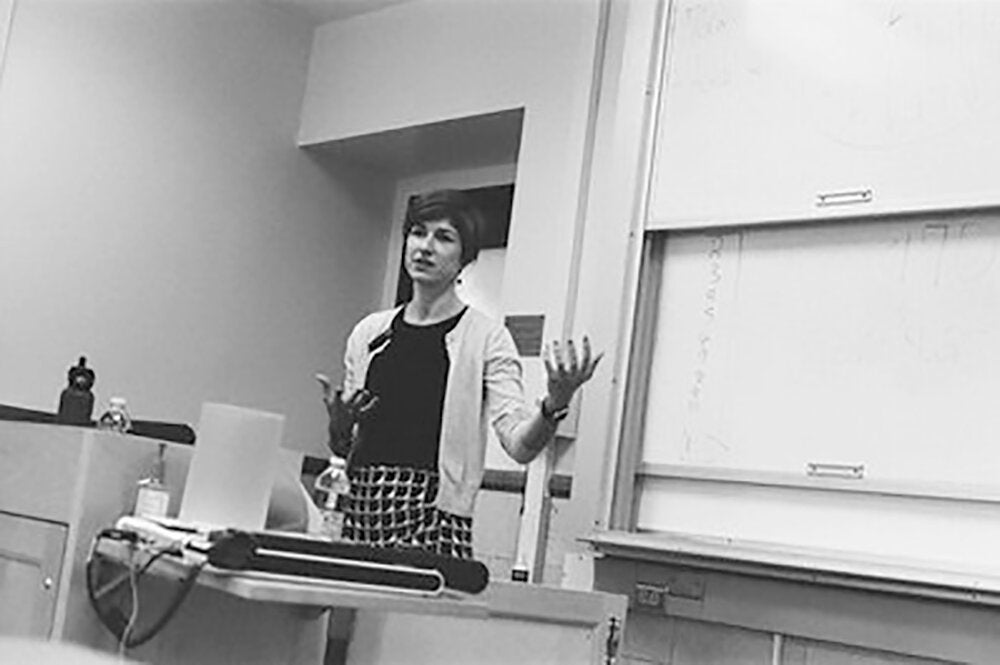

The lessons of Arab Spring keep rewriting themselves. In Egypt, the elation following the ouster of President Hosni Mubarak has been followed by reports of tension between Islamists and the military over the redrawing of power. And while some dictators fell like a deck of cards, the Syrian regime has defied revolutionaries for nine months.
Is political change in the region in peril? Milan Svolik, a professor of political science at the University of Illinois thinks that the inspiring stories of budding freedom from the Middle East and North Africa are more tenuous than they appear. He says that rebellions in Tunisia, Egypt, Libya, and elsewhere risk being too much of a people’s revolution, with nothing to fill the vacuum after dictators fall.
“A striking feature of these uprisings is the lack of an existing opposition or charismatic revolutionary leaders,” says Svolik, who has studied dictatorships extensively. “As a result of decades of severe oppression, the opposition forces in almost every transforming country in the region lack recognized leadership, partisan organization, and coherent political ideology.”

While the revolutions have legitimacy because of their immense popularity, Svolik adds, the only organized political groups in most areas are conservative Islamist groups, and transitional governments in Egypt, Tunisia, and Libya are being run by the military or former authoritarian “elites.”
“The populations in these countries may quickly grow disillusioned with democracy if the first truly competitive elections bring to power religious extremists or former authoritarian elites,” Svolik says.
In hindsight, it has also become clear that some successful uprisings were tied to the policies of dictators who fell. Svolik points out that Tunisian President Ben Ali feared that the military would someday oust him from power, so he kept it small and underequipped. When protests broke out in December 2010 the police and internal security forces lacked the resources to quell the uprising—and the military refused to intervene.
In Syria, by contrast, where current President Bashar al-Assad’s father came to power in a military coup, authorities have recruited military officers from the minority Alawite Shia sect to which the al-Assads belong. This helps explain how the regime has survived unrest for this long.
“The predominantly Alawite officers within the Syrian military know that if the regime falls, all Alawis will fall with it,” Svolik says. “They therefore have an incentive to fight tooth and nail for the regime’s survival.”


